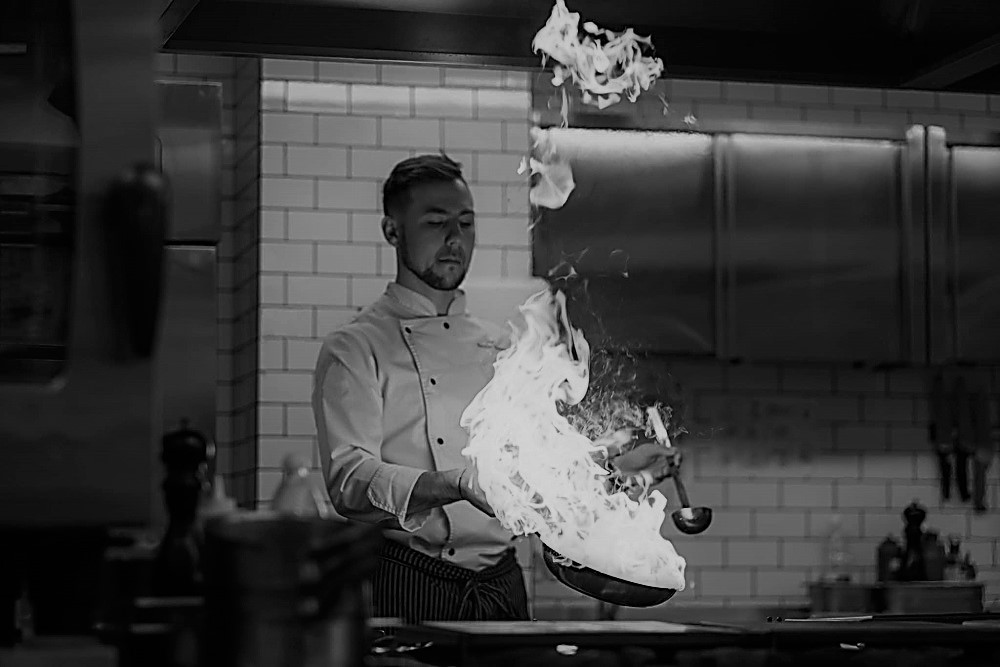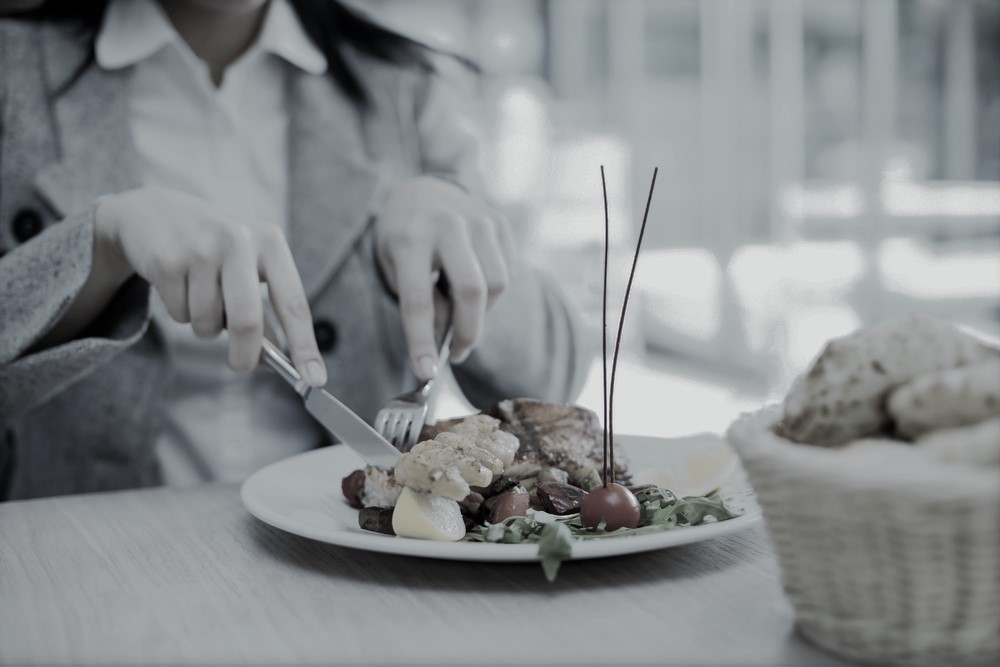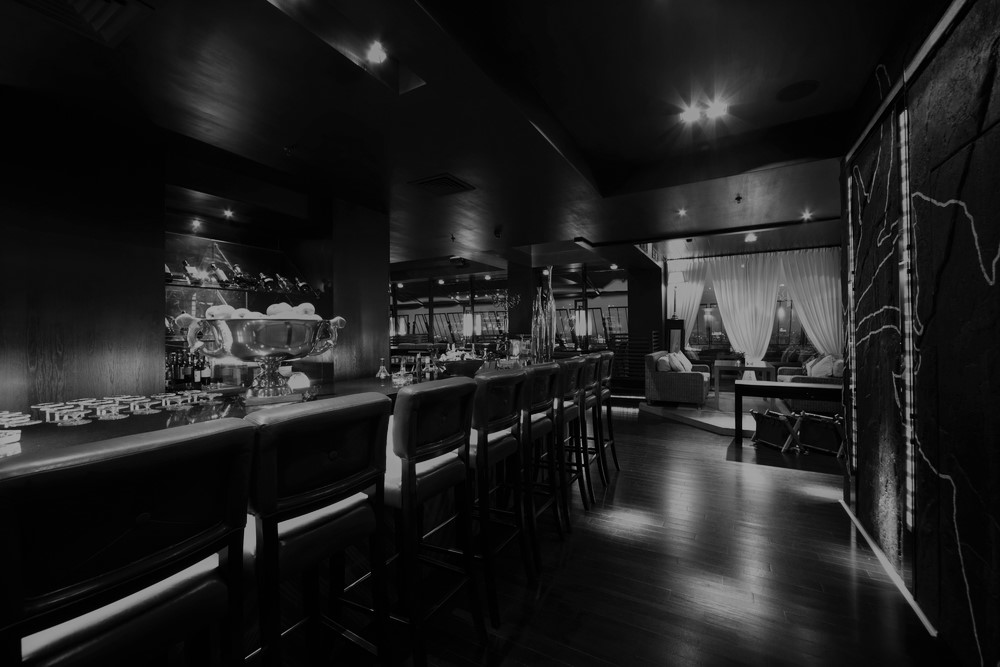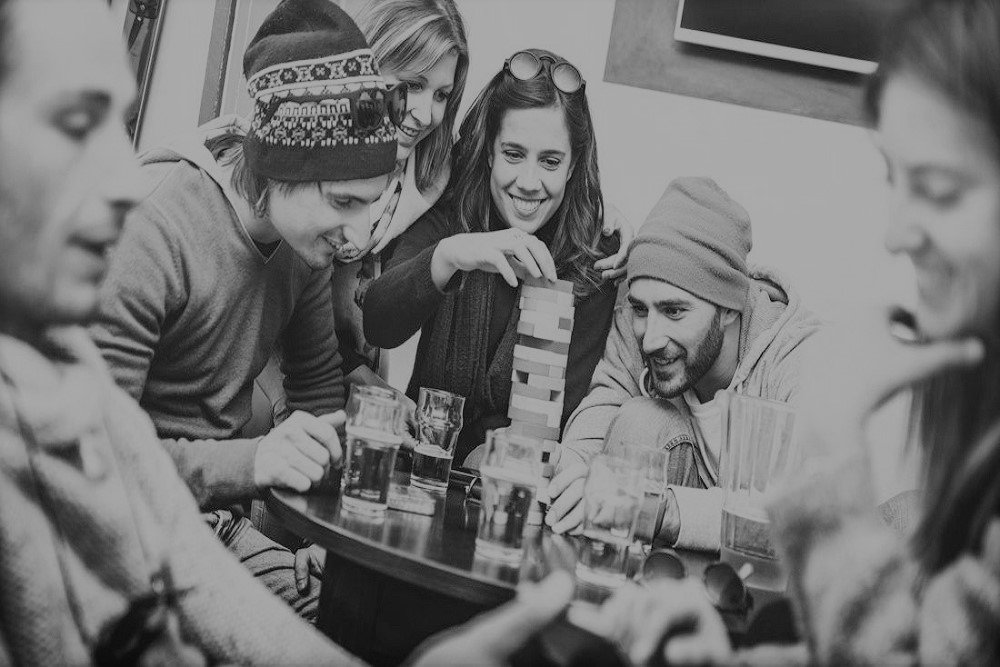Have Restaurants Forgotten The Fundamentals
Originally Posted on FoodableTV – By Doug Radkey 08/08/2018
With technology continuously advancing in the restaurant industry, it can be easy to get absorbed and caught up in the next big thing. Technology platforms can help you save time, financial resources, and improve ‘customer service’ levels, just to name a few.
But sometimes when you get so caught up in technology, you can forget some of the fundamentals that will never be replaced by technology, but still play a large role in the success of today’s restaurants.
The key is the right balance of technology that will assist you in meeting both short-term and long-term goals.
This article is not about how to not use technology (it’s a great asset,) but don’t let it fail you, your staff, or your customers. Let’s strip back the technology for a moment and remind ourselves as an owner, operator, manager, or front-line employee – some of the tactics that we must never forget or stop learning.

First Impressions
Curb appeal and first impressions must meet and exceed your guests’ expectations. When stripping back technology, restaurateurs must understand that first impressions are essentially a means of effective communication that positions a restaurant to develop positive customer emotions and “touch points.”
As always, one must thoroughly think about the consistent message and experience that’s intended to be delivered.
Key Performance Indicators
Technology provides an operator with a great amount of data, but restaurateurs still need to learn and understand this data and know how to use it to their advantage. Understanding key performance indicators such as staff turnover percentages, prime costs, percentage of repeat guests, and proper menu engineering statistics (to name a few) – are all essential to making the right business decisions that will eventually impact your bottom line.
Concept Characteristics
Outside of having the right location, the right concept, and the right chef or mixologist – a restaurant needs to inherit five key concept characteristics that technology cannot simply implement on its own.
Restaurateurs need to develop scalability, sustainability, profitability, and consistency – while providing a memorable experience. Finding a successful, individual approach for managing each of these characteristics is the key to success in any economic situation. All five of these characteristics are important and must work in unison to be successful.
The 3 Elements of Marketing
In terms of restaurant & bar marketing, it comes down to three things– driving awareness, increasing revenue per customer, and generating repeat business.
Technology can help execute marketing strategies, but operators still need to know their target market and their hyper-local competition to understand which strategies will drive the best return on investment.
An ‘old school’ approach to developing a marketing plan will still deliver success in today’s technology driven world.
Continuous Education
It doesn’t matter which role one plays in the restaurant, everyone must continue to learn. Owners, managers, and front-line staff should have the mindset and a personal development plan in place to continuously learn the industry. It’s important to stay up to date with customer service strategies, product details (visiting suppliers), and how the supply chain works within the restaurant. In addition; reading books and listening to podcasts for example are a great learning tool everyone can take part in.
Customer Service
It’s no secret, we’re all witnessing a shift in how technology affects customer service and ordering sequences.
As the technology continues to evolve, restaurateurs must not forget that engaging guests on a personal level will always build on those positive customer emotions. These “touch points” are required to make not only a positive first impression, but a lasting memorable impression.
This is especially important if you’re considering adding third party delivery to your revenue & service mix. How will you protect your brand and enhance customer service after the food has left your venue and is in the hands of their delivery drivers?
Make sure there is a plan in place that engages customers on a personal level.
Focus on Systems
Having the correct systems in place will create consistency, develop operating capital, enhance team morale, and build business value– while also positioning a restaurant’s concept for future growth opportunities (being scalable & sustainable).
This includes proper communication between front-of-house and back-of-house, day-to-day checklists, quality control methods, and human resource management, among others.
Again, there is technology that can assist operators with their systems, but they can’t develop the process of implementing the right systems for specific concepts. That is up to you to know which ones are needed to maximize each moment of the day.
Collaboration
Lastly, a sense of community is a driving force in this industry. We can build online communities (social followings,) but the best way to develop a sense of community is through collaborating with local farms, breweries, chefs, charities, and even the competition. Understanding this fundamental strategy will amplify your messaging throughout the community, improve a restaurants perception, increase staff morale, and generate revenue opportunities– while developing a destination, not just a restaurant.
Sometimes it is nice to just step back and review the bigger picture and remind ourselves not only why we’re in the restaurant business, but to revisit the basic fundamentals for restaurant success.
Once that is truly understood and the proper ground work is in place, technology can be implemented to enhance and support operations to save time, financial resources, and improve those needed ‘customer service’ levels.









